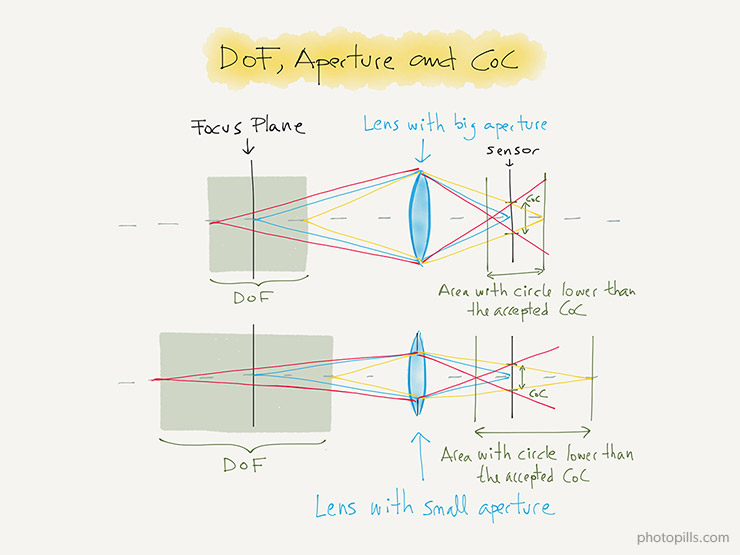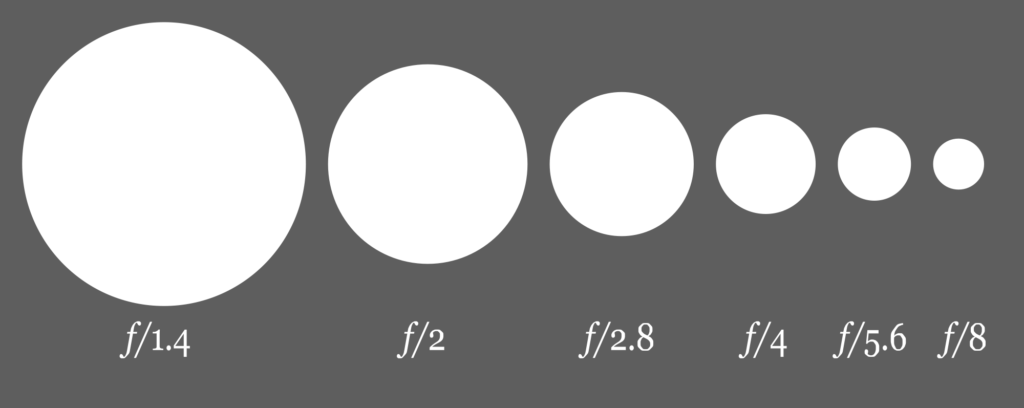

In a busy scene, you can select one focus point.

Knowing this, you can guide your viewer’s eye exactly where you want. To Guide the EyeĪ viewer will naturally look at the most in-focus part of your image first. If there is too much blur or you want a bit more detail, select a small aperture like f5.6 or f8.0.Ī shallow depth of field creates separation and allows your subject to pop off the background. Generally, shooting wide open at f2.8 or f1.4 will create the most blur. Photo by Jenn Mishraĭifferent apertures will produce more or less blur. Blurring the environment allows the viewer to see the context without distracting from the main story. We want to know where the person is or where the action is taking place.īut we want the context to be secondary. In travel photography and photojournalism, subjects are often photographed in context. You may want to remove all detail leaving only color or you may only want to de-emphasize the environment. Shallow depth of field hides the uninspiring background. This portrait was taken in front of a busy store front. Portrait and nature photographers use this to create a clean backdrop. One of the main reasons to use a shallow depth of field is to simplify a busy scene. Here are the top reasons for using a small depth of field.
F stop and depth of field how to#
Let me turn to how to use shallow depth of field to make your photography pop. Photo by Jenn Mishra How to Use Shallow Depth of Field Notice how the cloth becomes more blurry with distance from the focal point. If that doesn’t work, try moving your subject further from the what’s behind. If you’re not getting a shallow depth of field, step closer.
F stop and depth of field full#
Cameras with larger sensors ( full frame) will create a shallower depth of field than crop sensors.īut creating a narrow depth of field isn’t all about equipment, it’s also about relative position.ĭepth of field will change depending on how close you are to your subject and how far your subject is from the background. Your camera sensor size will also make a difference. Lenses with a longer focal length generally will have a shallower depth of field. Using aperture priority mode may be a good idea when you’re trying for a shallow depth of field.Īperture size isn’t the only thing affecting depth of field. On others, the widest aperture setting is f5.6. On some lenses, the widest aperture is f1.4. This means setting your f-stop to a small number.

In general, your depth of field will be shallow when using a wide aperture. But in this article, I’m going to keep the discussion practical. There’s a lot of optical physics behind a shallow depth of field. Photo by Jenn Mishra How Do You Get a Shallow Depth of Field? Portrait with hotel lobby background blurred. The out-of-focus part may be only slightly blurred or be completely lacking detail. Shallow depth of field works in portrait, nature, and travel photography. The background and sometimes the foreground is blurred. Shallow depth of field (also called “small” or “narrow”) means that only a part of the image is in focus. This is often the goal of landscape photography. In photography, depth of field describes how much of the image is in focus.Ī deep depth of field (also called “wide” or “large”) means that most of the image is in focus.


 0 kommentar(er)
0 kommentar(er)
